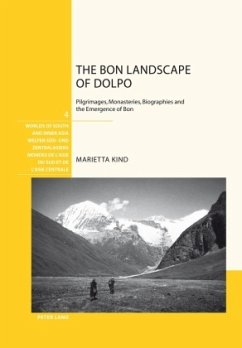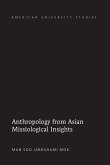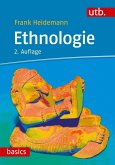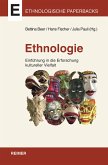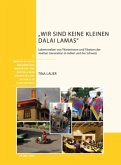The reader is taken on a journey to Dolpo, one of Nepal's remotest Tibetan enclaves with a large community that follow the Bon religion. The present ethnography regards the landscape of Dolpo as the temporary result of an ongoing cumulative cultural process that emerges from the interaction of the natural environment and the communities that inhabit it and endow it with meaning. Pilgrimage provides the key to structuring the book, which is based on anthropological research and the study of the textual legacy. Along the extensive and richly illustrated Bon pilgrimages through Dolpo, the various strands of the written and the oral, the local and the general, the past and present are unrolled step by step and woven into a pattern that provides a first insight into the partial shift from a landscape inhabited by territorial deities to a Bon landscape. In addition, it presents an overview of the main protagonists who discovered the sacred sites, opened pilgrimages, founded monasteriesand disseminated the crucial Bon teachings. A number of well-known Tibetan figures emerge among these players thanks to translations of biographies that have survived in rare and unpublished manuscripts. This book sheds light on how Bon religion emerged in Dolpo and has remained alive.
«Das Buch gibt einen lebendigen Einblick in das Leben der Menschen von Dolpo. Wer sich für Tibet und seine Geschichte interessiert, wird hier viel interessante Information finden, die sonst kaum zugänglich sind (sic).» (Peter Eisenegger, tibetfocus 117, 2012)
«The work is extensively and well illustrated; indeed, the production values are high, and the text is enlivened by the author's scholarly but vivid accounts of pilgrimages and local individuals drawn from her own fieldwork. Descriptions of temples, landscape, and suchlike are extremely well presented. There are seperate maps of Dolpo and the wider region included, along with various glossaries of people, places, Tibetan, and local terms. Any serious library in the field should include this work, and it should be of interest to students and scholars in related areas.» (Alex McKay, Asian Ethnology 72, 2013/1)
«The work is extensively and well illustrated; indeed, the production values are high, and the text is enlivened by the author's scholarly but vivid accounts of pilgrimages and local individuals drawn from her own fieldwork. Descriptions of temples, landscape, and suchlike are extremely well presented. There are seperate maps of Dolpo and the wider region included, along with various glossaries of people, places, Tibetan, and local terms. Any serious library in the field should include this work, and it should be of interest to students and scholars in related areas.» (Alex McKay, Asian Ethnology 72, 2013/1)

